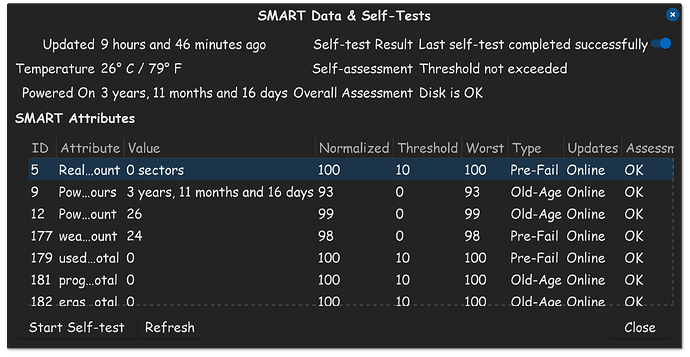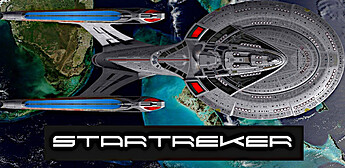Hello David!
89 bad sectors doesn't sound good. Am I reading correctly, this is an HDD? That would make sense then, mechanical drives always develop bad sectors.
On the main Disks page, select the drive on the left side column you want to repair the file system on, then select the partition on the box on the right. Then click the  cog icon, and you will see check file system, and repair file system.
cog icon, and you will see check file system, and repair file system.
Aravisian is right though, if you have bad sectors, there is not a darn thing you can do to fix that. But a file system repair should be able to move data information to other parts that don't have damaged sectors.
At the end of the day, if you are seeing bad sectors, that is a surefire sign, your drive is dying, and it won't get better, it will only get worse. The more bad sectors mount up, the more the drive will lag, until 1 day its too late, and it stops booting into the OS.
I've experienced many dead hard drives, its one of the reasons why I don't use them anymore, except for in a personal NAS box, for data storage. But even now, thinking about it, it wouldn't be a bad idea to purchase a large SSD drive, to transfer the data too.
I think it would be a good idea to back up your data, and buy a SSD drive. I wonder how much longer mechanical hard drives will continue to be sold these days. Most data centers have moved on to SSD drives these days. And some high end data centers, are now using NVME based storage, for sheer speed.


